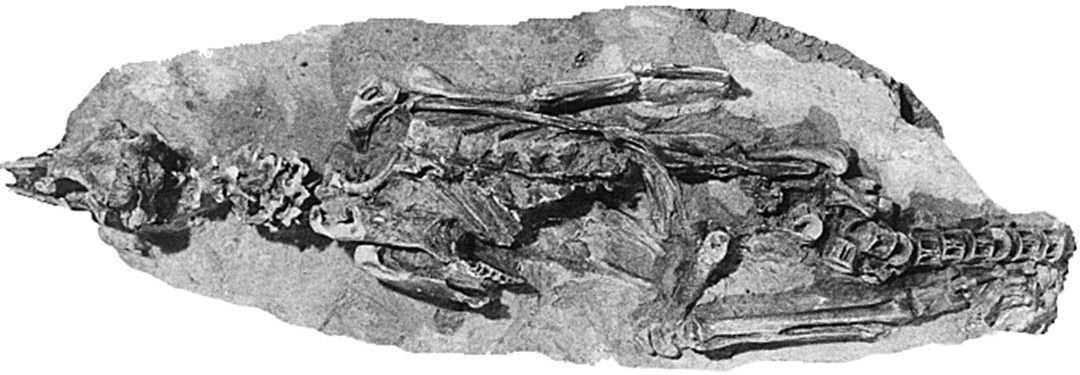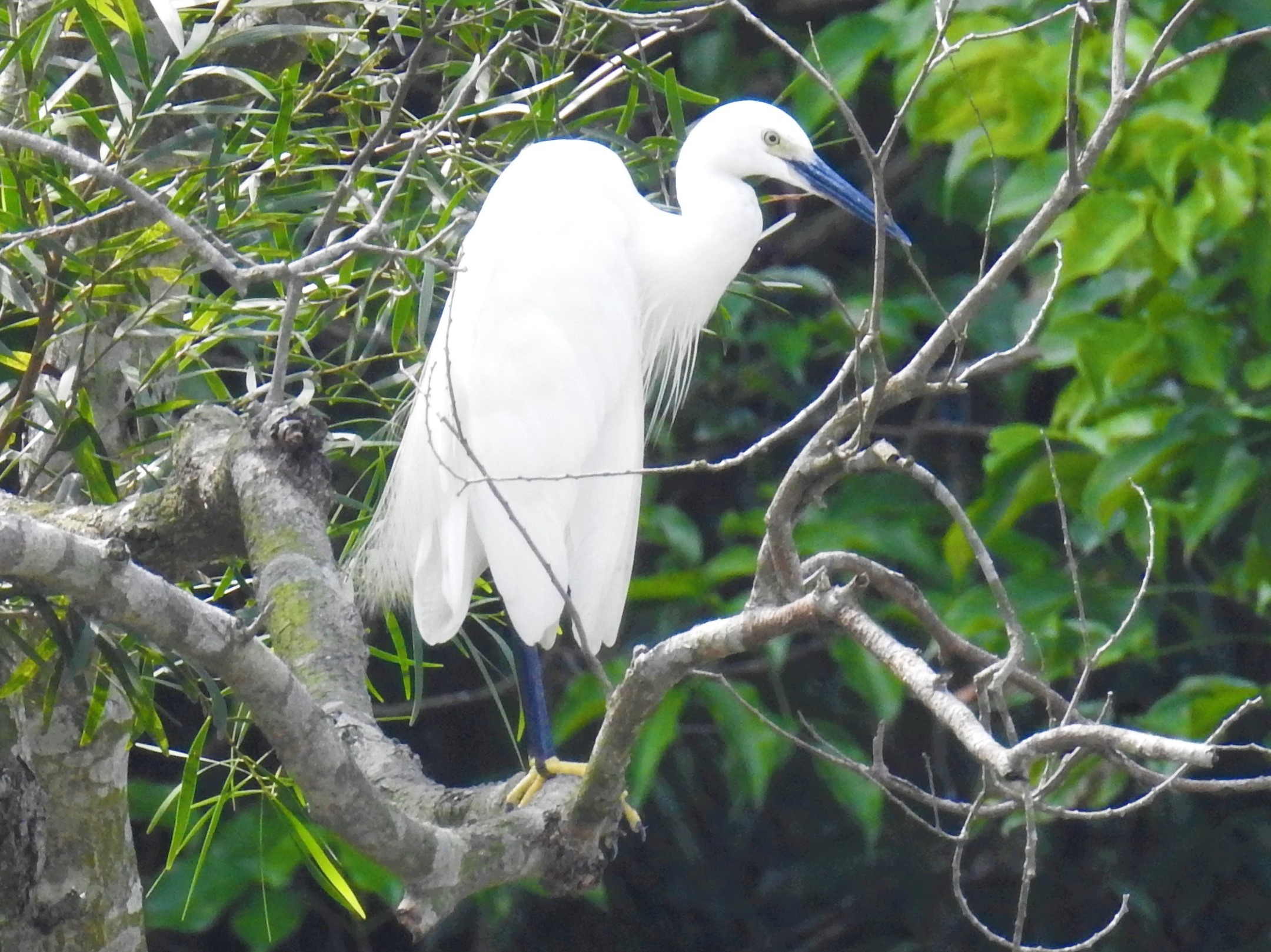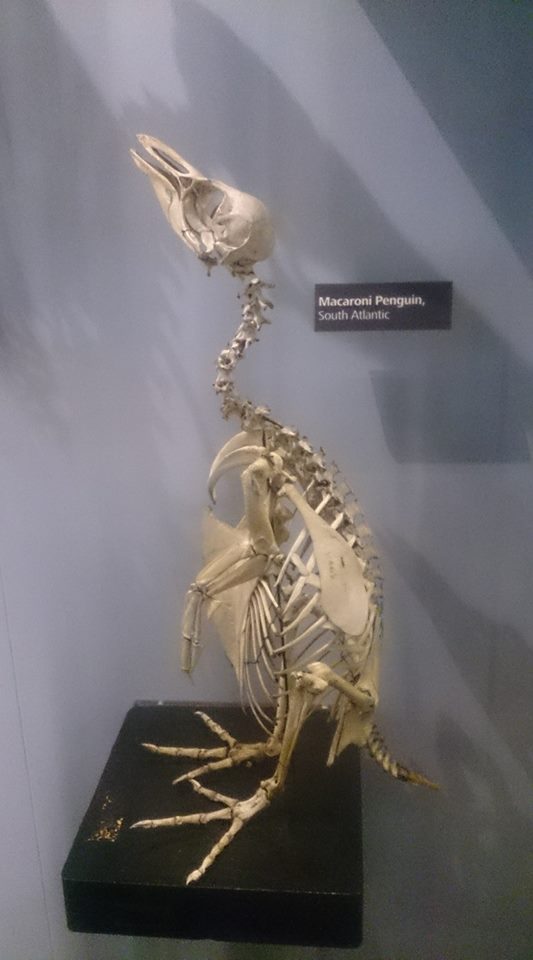|
Crest (feathers)
The crest is a prominent feature exhibited by several bird species on their heads. It is distinct from features such as casques and cockscombs - sometimes erroneously referred to as "crests", which are bony and fleshy structures respectively. The crest is made up of semiplume feathers: a long rachis with barbs on either side. These are plumulaceous feathers, meaning that they are soft and bendable. In birds, these semiplumes are common along the head, neck, and upper back, and may be used for buoyancy and sensing vibrations. Crests on birds are generally used for display purposes. Cockatoos (a family that also includes corellas and the cockatiel) are part of the parrot family Cacatuidae found in Australia, the Bismarck Archipelago and the Philippines, and are probably the most recognizable birds to feature crests. Cockatoos and cockatiels possess crests which may be raised or lowered at will. Their crests are used to communicate with fellow members of their species, or as a ... [...More Info...] [...Related Items...] OR: [Wikipedia] [Google] [Baidu] |
Balearica Regulorum Portrait 3
The bird genus ''Balearica'' (also called the crowned cranes or Balearic cranes) contains two extant species in the crane family Gruidae: the black crowned crane (''B. pavonina'') and the grey crowned crane (''B. regulorum''). The species today occur only in Africa, south of the Sahara Desert, and are the only cranes that can nest in trees. This habitat is one reason the relatively small ''Balearica'' cranes are believed to closely resemble the ancestral members of the Gruidae. Like all cranes, they eat insects, reptiles, and small mammals. Taxonomy The genus ''Balearica'' was erected by the French zoologist Mathurin Jacques Brisson in 1760 with the black crowned crane (''Balearica pavonina'') as the type species. The name is from the Latin ''Baliaricus'' for "of the Balearic Islands". The crane family (Gruidae) is divided into the subfamily Gruinae of typical cranes and the subfamily Balearicinae of crowned cranes. Extant species Fossil record Crowned cranes seem ... [...More Info...] [...Related Items...] OR: [Wikipedia] [Google] [Baidu] |
Citron-crested Cockatoo
The citron-crested cockatoo (''Cacatua citrinocristata'') is a medium-sized cockatoo with an orange crest, dark grey beak, pale orange ear patches, and strong feet and claws. The underside of the larger wing and tail feathers have a pale yellow color. The eyelid color is a very light blue. Both sexes are similar. Females have a copper colored eye where as the male has a very dark black eye. They are endemic to Sumba in the Lesser Sunda Islands in Indonesia. The diet consists mainly of seeds, buds, fruits, nuts and herbaceous plants. In 2022, Birdlife International recognized the citron-crested cockatoo as a separate species, ''Cacatua citrinocristata'', assessed as Critically Endangered, while the International Ornithological Congress designated it to be a species in 2023. Conservation status The citron-crested cockatoo is a critically endangered bird whose population has declined due to habitat loss and illegal trapping for the cage-bird trade. A 1993 survey of Sumba estimat ... [...More Info...] [...Related Items...] OR: [Wikipedia] [Google] [Baidu] |
Snood (anatomy)
The turkey is a large bird in the genus ''Meleagris'', native to North America. There are two extant turkey species: the wild turkey (''Meleagris gallopavo'') of eastern and central North America and the ocellated turkey (''Meleagris ocellata'') of the Yucatán Peninsula in Mexico. Males of both turkey species have a distinctive fleshy wattle, called a snood, that hangs from the top of the beak. They are among the largest birds in their ranges. As with many large ground-feeding birds (order Galliformes), the male is bigger and much more colorful than the female. The earliest turkeys evolved in North America over 20 million years ago. They share a recent common ancestor with grouse, pheasants, and other fowl. The wild turkey species is the ancestor of the domestic turkey, which was domesticated approximately 2,000 years ago by indigenous peoples. It was this domesticated turkey that later reached Eurasia, during the Columbian exchange. Taxonomy The genus ''Meleagris'' wa ... [...More Info...] [...Related Items...] OR: [Wikipedia] [Google] [Baidu] |
Crested Penguin
''Eudyptes'' is a genus of penguins whose members are collectively called crested penguins. The exact number of species in the genus varies between four and eight depending on the authority, and a Chatham Islands species became extinct in recent centuries. All are black and white penguins with yellow crests, red bills and eyes, and are found on Subantarctic islands in the world's southern oceans. All lay two eggs, but raise only one young per breeding season; the first egg laid is substantially smaller than the second. Taxonomy The genus ''Eudyptes'' was introduced by the French ornithologist Louis Pierre Vieillot in 1816; the name is derived from the Ancient Greek words meaning "fine", and meaning "diver". The type species was designated as the western rockhopper penguin by George Robert Gray in 1840. The genus contains eight exant species: * Macaroni penguin, ''Eudyptes chrysolophus'' * Royal penguin, ''Eudyptes schlegeli'' * Northern rockhopper penguin, ''Eudyptes moseleyi' ... [...More Info...] [...Related Items...] OR: [Wikipedia] [Google] [Baidu] |
Comb (anatomy)
A comb is a fleshy growth or crest on the top of the head of some Galliformes, gallinaceous birds, such as domestic chickens. The alternative name cockscomb (with several #Spelling variations, spelling variations) reflects the fact that combs are generally larger on cock birds than on hens. The comb is one of several fleshy protuberances on the heads of chickens, the others being the Wattle (anatomy), wattles and earlobes, which collectively are called Caruncle (bird anatomy), caruncles. In turkeys, the caruncles are the fleshy nodules on the head and throat. Chicken combs are most commonly red, but may also be black or dark purple in breeds such as the Silkie or the Sebright. In other species the color may vary from light grey to deep blue or red. The comb may be a reliable indicator of health or vigor and is used for mate-assessment in some poultry species. Types of chicken comb Comb shape varies considerably depending on the breed or species of bird. Of the many types and ... [...More Info...] [...Related Items...] OR: [Wikipedia] [Google] [Baidu] |
Great Crested Grebe
The great crested grebe (''Podiceps cristatus'') is a member of the grebe family of water birds. The bird is characterised by its distinctive appearance, featuring striking black, orange-brown, and white plumage, and elaborate courtship display that involves synchronised dances and displays. Taxonomy The great crested grebe was formally described by the Swedish naturalist Carl Linnaeus in 1758 in the tenth edition of his ''Systema Naturae'' under the binomial name ''Colymbus cristatus''. It is now the type species of the genus '' Podiceps'' that was erected by the English naturalist John Latham in 1787. The type locality is Sweden. The scientific name comes from Latin: the genus name ''Podiceps'' is from , "vent" and , "foot", and is a reference to the placement of a grebe's legs towards the rear of its body; the specific name, ''cristatus'', means "crested". Subspecies Three subspecies are currently accepted: Description The great crested grebe is the largest speci ... [...More Info...] [...Related Items...] OR: [Wikipedia] [Google] [Baidu] |
Little Egret
The little egret (''Egretta garzetta'') is a species of small heron in the family Ardeidae. It is a white bird with a slender black beak, long black legs and, in the western race, yellow feet. As an aquatic bird, it feeds in shallow water and on land, consuming a variety of small creatures. It breeds colonially, often with other species of water birds, making a platform nest of sticks in a tree, bush or reed bed. A clutch of three to five bluish-green eggs is laid and incubated by both parents for about three weeks. The young fledge at about six weeks of age. Its breeding distribution is in wetlands in warm temperate to tropical parts of Asia, Africa, Australia, and Europe. A successful colonist, its range has gradually expanded north, with stable and self-sustaining populations now present in the United Kingdom. In warmer locations, most birds are permanent residents; northern populations, including many European birds, migrate to Africa and southern Asia to over-winter there ... [...More Info...] [...Related Items...] OR: [Wikipedia] [Google] [Baidu] |
Eurasian Hoopoe
The Eurasian hoopoe (''Upupa epops'') is the most widespread species of the genus '' Upupa''. It is a distinctive cinnamon coloured bird with black and white wings, a tall erectile crest, a broad white band across a black tail, and a long narrow downcurved bill. Its call is a soft "oop-oop-oop". The Eurasian hoopoe is native to Europe, Asia and Africa. It is migratory in the northern part of its range. Some ornithologists consider the Madagascar hoopoes as a subspecies. The African hoopoe, subspecies ''U. e. africana'' has sometimes been treated as a separate species. Taxonomy The Eurasian hoopoe was formally described in 1758 by the Swedish naturalist Carl Linnaeus in the tenth edition of his ''Systema Naturae''. He cited the earlier descriptions by the French naturalist Pierre Belon and by the Swiss naturalist Conrad Gessner, both of which had been published in 1555. Linnaeus placed the Eurasian hoopoe with the northern bald ibis and the red-billed chough in the genus ... [...More Info...] [...Related Items...] OR: [Wikipedia] [Google] [Baidu] |
Mandarin Duck
The mandarin duck (''Aix galericulata'') is a perching duck species native to the East Palearctic. It is Sexual dimorphism, sexually dimorphic – the males are elaborately coloured, while the females have more subdued colours. It is a medium-sized duck, at long with a wingspan. It is closely related to the North American wood duck, the only other member of the genus ''Aix (genus), Aix''. is an Ancient Greek word which was used by Aristotle to refer to an unknown diving bird, and is the Latin for a wig, derived from , a cap or bonnet. Outside of its native range, the mandarin duck has a large introduced population in the British Isles and Western Europe, with additional smaller introductions in North America. Taxonomy The mandarin duck was described and illustrated in 1727 by the German explorer Engelbert Kaempfer in his ''The History of Japan''. He wrote: "Of Ducks also there are several differing kinds, and as tame as the Geese. One kind particularly I cannot forbear ment ... [...More Info...] [...Related Items...] OR: [Wikipedia] [Google] [Baidu] |
Cockatiel
The cockatiel (; ''Nymphicus hollandicus''), also known as the weero/weiro or quarrion, is a medium-sized parrot that is a member of its own branch of the cockatoo family endemic to Australia. They are prized as exotic household pets and companion parrots throughout the world and are relatively easy to breed compared to other parrots. As a caged bird, cockatiels are second in popularity only to the budgerigar. The cockatiel is the only member of the genus ''Nymphicus''. It was previously unclear whether the cockatiel is a crested parakeet or small cockatoo; however, more recent molecular studies have assigned it to its own subfamily, Nymphicinae. It is, therefore, now classified as the smallest subfamily of the Cacatuidae (cockatoo family). Cockatiels are native to Australia, favouring the Australian wetlands, scrublands, and bushlands. There are many different mutations of this bird. Taxonomy and etymology Originally described by J. F. Gmelin in an edition of Systema n ... [...More Info...] [...Related Items...] OR: [Wikipedia] [Google] [Baidu] |
Macaroni Penguin
The macaroni penguin (''Eudyptes chrysolophus'') is a species of penguin found from the Subantarctic to the Antarctic Peninsula. One of six species of crested penguin, it is very closely related to the royal penguin, and some authorities consider the two to be a single species. It bears a distinctive yellow crest on its forehead. Its face and upperparts are black and sharply delineated from the white underparts. Adults weigh on average and are in length. The male and female are similar in appearance; the male is slightly larger and stronger with a larger beak, bill. Like all penguins, it is flightless, with a streamlined body and wings stiffened and flattened into flippers for a marine lifestyle. Its diet consists of a variety of crustaceans, mainly krill, as well as small fish and cephalopods; the species consumes more marine life annually than any other species of seabird. These birds moult once a year, spending about three to four weeks ashore, before returning to the sea. ... [...More Info...] [...Related Items...] OR: [Wikipedia] [Google] [Baidu] |
Umbrella Cockatoo
The white cockatoo (''Cacatua alba''), also known as the umbrella cockatoo, is a medium-sized all-white cockatoo endemic to tropical rainforest on islands of Indonesia. When surprised, it extends a large and striking head crest, which has a semicircular shape (similar to an umbrella, hence the alternative name). The wings and tail have a pale yellow or lemon color which is exposed when they fly. It is similar to other species of white cockatoo such as yellow-crested cockatoo, sulphur-crested cockatoo, and salmon-crested cockatoo, all of which have yellow, orange or pink crest feathers instead of white. Names The white cockatoo is known as ''ayab'' (plural form: ''ayot'') in the Burmeso language of Papua, Indonesia. Taxonomy The white cockatoo was first described in 1776 by German zoologist Philipp Ludwig Statius Müller. Its species name ''alba'' is a feminine form of the Latin adjective ''albus'' for "white". It lies in the subgenus ''Cacatua'' within the genus ''Cacatua ... [...More Info...] [...Related Items...] OR: [Wikipedia] [Google] [Baidu] |








